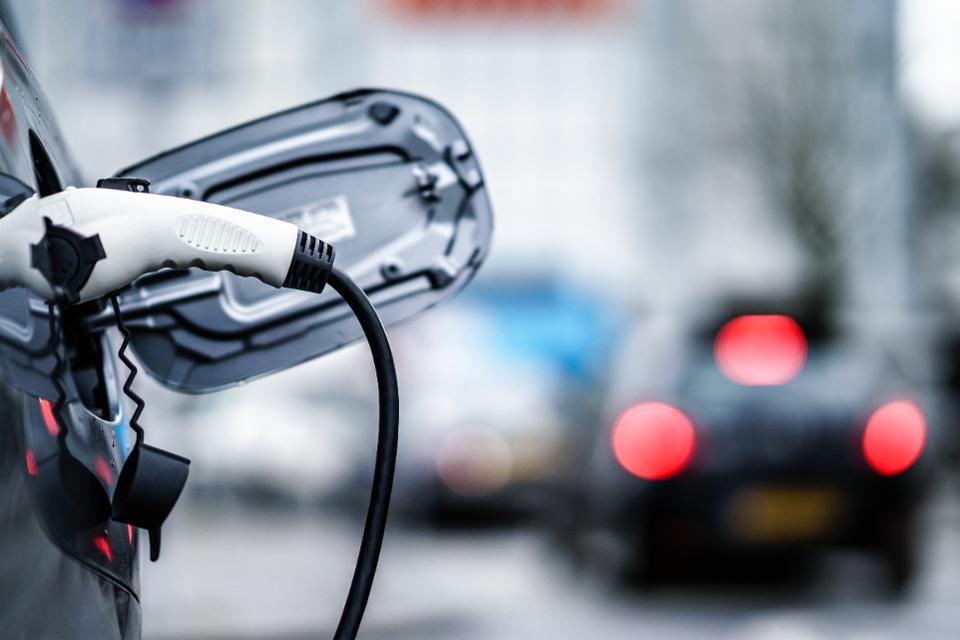Over the last decade, vehicle electrification has predominately occurred in the personal vehicle market—a typically high volume, low mileage application. However, governments and policymakers are increasingly focused on improving local air quality and attention is turning toward higher mileage vehicle applications. For example, the California Air Resources Board is designing a zero emission vehicle mandate for Class 2b through Class 8 vehicles, typically commercial vehicles with much higher annual mileage than personal vehicles. These developments, combined with the increasing popularity of internal combustion engine vehicle (ICEV) bans, are putting additional pressure on mobility services to electrify.
Read Also: How To Run A Startup Part-Time Without Working Over Time
Regulations Drive Mobility’s Shift to Electric
General vehicle electrification trends increasingly affect mobility services. For example, many cities are announcing ICEV bans. While most of these bans will not take place for another decade, the bans show that the days of using ICEVs for mobility services are already numbered. There have been a few recent announcements of governments considering a requirement for mobility as a service (MaaS) to shift toward electrification. In early 2019, India hinted at plans that will require mobility providers to convert fleets to 40% EVs by 2026. More recently, the mayor of Los Angeles, California announced the city is looking into a similar mandate that would require mobility providers to use EVs.
MaaS Industry Responding to Electrification Mandates
These regulations, combined with other regional policy targets, show a general trend of improving EV market penetration. The potential for EVs to improve the business case for mobility services have propelled MaaS toward new electrification efforts. Some notable announcements come from Indian mobility provider Ola, and its subsidiary Ola Electric. In a recent funding round, Ola raised $300 million from Hyundai Motor Company and Kia Motors to develop a comprehensive electric mobility service ecosystem. The service ecosystem includes charging infrastructure and financial support for drivers.
Uber is also in efforts to electrify its fleet. Launched in seven US cities in 2018, the EV Champions Initiative pilot program intended to subsidize EVs by providing a dollar per ride bonus for drivers using a plug-in hybrid or battery EV (up to $20/week). The program was ultimately canceled, however. The company announced it intends for every vehicle in its London, UK fleet to be battery electric by 2025. Similarly, Lyft announced in November 2019 that it will launch 200 long-range EVs into its Denver Express Drive rental program. This change is designed to improve EV use in mobility applications by reducing the upfront vehicle cost barrier.
Providers are even looking outside traditional ride-hailing areas for new opportunities. Hyundai Motor Company launched its VIVe program, which is a rural EV carsharing pilot program. Volkswagen launched an e-mobility project of 50 e-Golf’s and 15 charging stations in Rwanda.
The future electrification of mobility services, much like most of the automotive world, is a matter of when, not if. This trend of new electric mobility efforts will be driven by regulatory requirements and the advancing EV market in terms of both cost and vehicle availability.
FORBES

